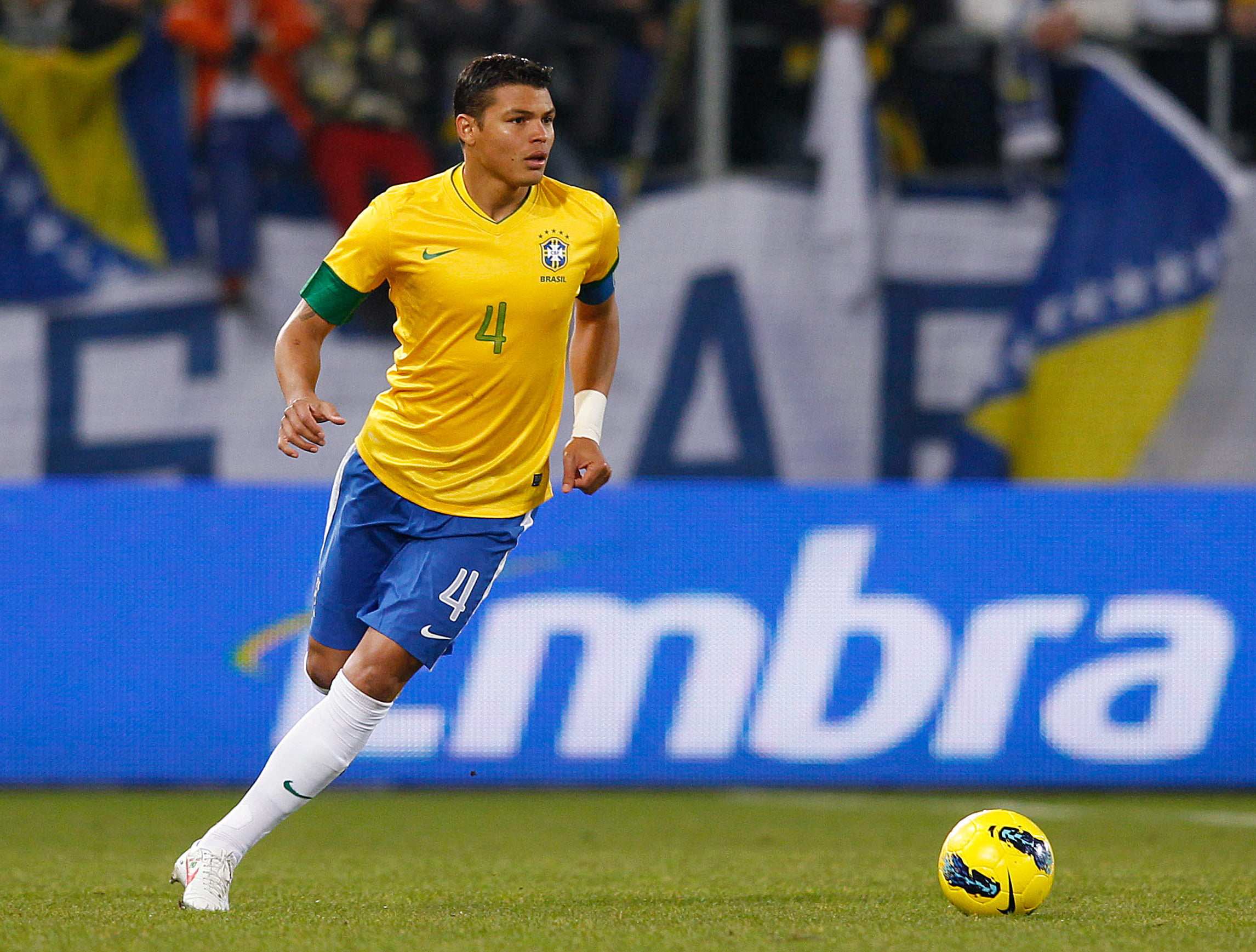If you play as a football defender, you already know you have the unenviable job of preventing attacks and goals while receiving minimal credit for it. Have a look at the different roles of a defender and see where your abilities fit in the best.
Central defender:
These defenders play just ahead of goal primarily preventing opposition strikers from scoring. Also known as centre-backs or centre-halves, they are adept at tackling, intercepting passes, winning headers and blocking shots.
They mark opposition forwards tightly and hence discourage other opposition players from passing to their strikers. They are also expected to make long passes and clearances taking the ball as far away as possible from their goal.
Most contemporary partnerships at the back have involved a combination of a physical defender with a defender who is quick, comfortable in possession and capable of playing the ball out from the back. They also contribute to attack during corners owing to their superior physicality and heading ability. Most teams employ 2 central defenders but having 3 central defenders at the back is also a common tactical setup.
Sweeper:
The ‘sweeper’ or ‘libero’ in Italian, is a specialized role where a technically versatile central defender “sweeps” the ball up the field as opposed to traditionally man-marking opponents. Although they are primarily defenders, they are expected to have better ball control and passing skills relative to a typical central defender in order to build attacks from deep and expose opponents during counter-attacks.
Sweepers tend to advance and distribute the ball up-field, intercepting passes and getting the ball off the opposition without hurling themselves into tackles. When upfield to distribute the ball, they will also need to make a speedy recovery and run back into their position whenever required. The concept of having a sweeper in defense has become less common due to the advent of zonal marking and the offside trap.
Full-backs:
These defenders take up the wide positions in defence. Barring defences with fewer than four players, there is one full-back on each side – the right back and the left-back. Full-backs have both defensive and offensive roles. In defence, they act as physical obstructions to opposing wingers. They mark them into difficult spaces where they can’t influence the game.
In attack, they overlap their teammates on the wing to provide assists, run into spaces to provide an extra passing option on the flanks. Also, they often take responsibility for throw-ins. Full-backs need to cover a lot of ground and hence are expected to possess extraordinary pace and stamina, besides a healthy work-rate. Their dynamic role also means they need to be great dribblers and tactically astute footballers.
Wing-backs:
The wing-back is a hybrid of wingers and full-backs. The role is a modern variation of the full-back position with a heavier emphasis on attacking duties. A wing-back is usually employed to bolster the attack. But, they must have the ability, when needed, to fall back and mark opposing players.
It is important to note that many players can fit into multiple categories. They have played different roles in different tactical set-ups during their careers. So, don’t hesitate to tick multiple boxes when trying to figure out what type of defender you are.
Read: What Type Of Football Midfielder Are You?
TAG US ON INSTAGRAM ON YOUR NEXT MATCH POST!





0 Comments